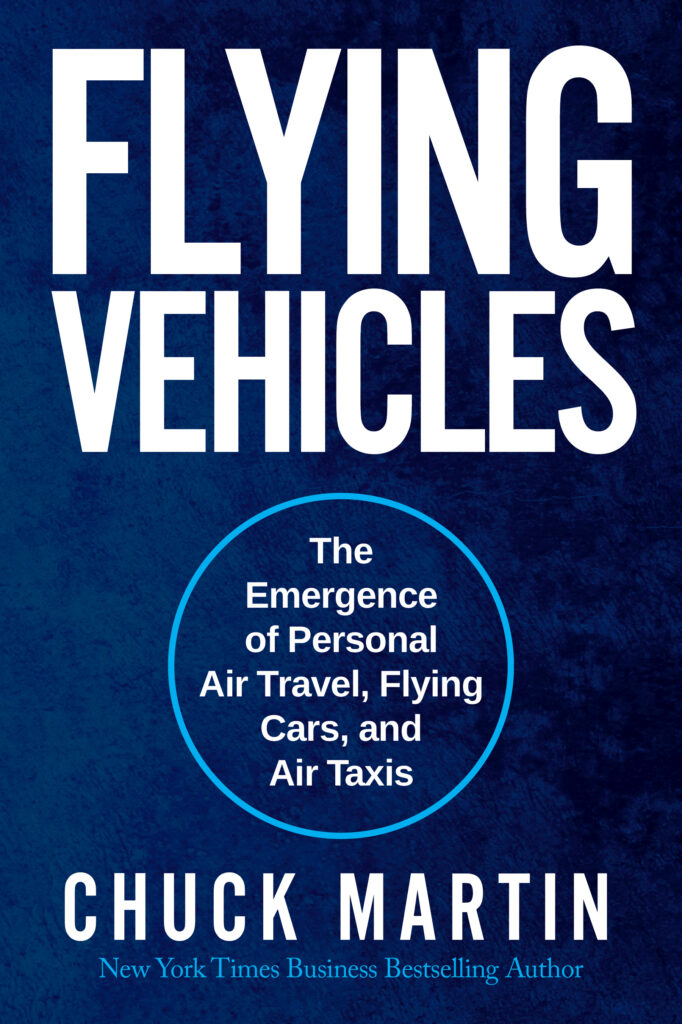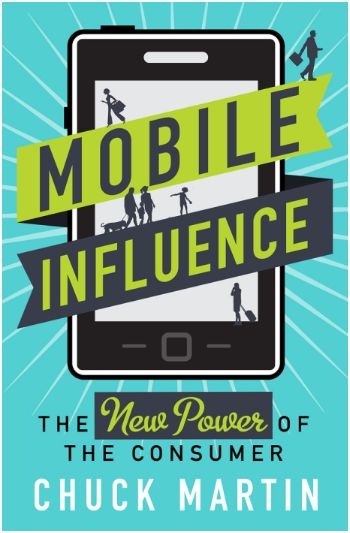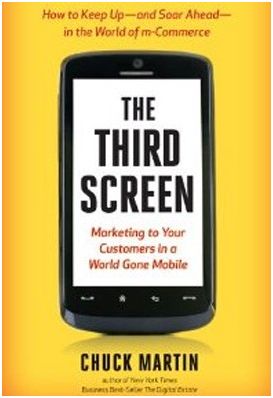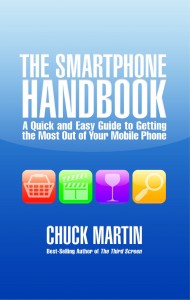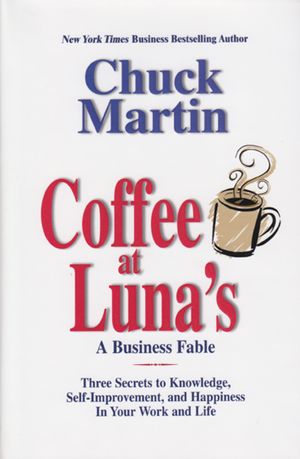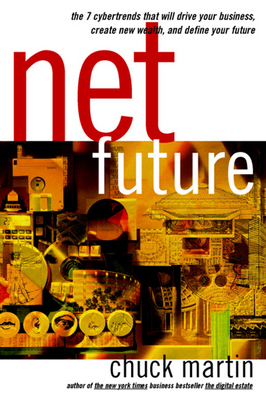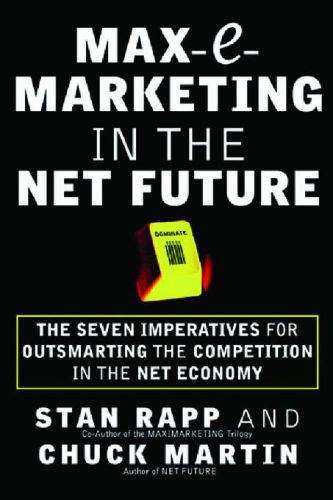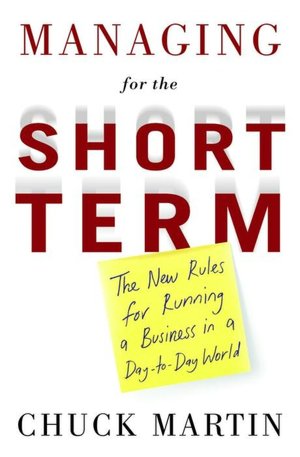It seems like announcements about new mobile wallets and mobile payments are occurring with increasing frequency.
There of course is industry-darling Square, which you can plug in to the top of an iPhone or the bottom of an Android phone allowing personal swiping of credit cards, which works easily and well.
And there are various other credit card devices that attach to mobile phones, and even my local taxi driver in New Orleans last week had one connected to his full featured phone, along with a mini-printer for receipts.
At SXSW in Austin recently, a panel on mobile payments tackled the issues of the why and when of mobile payments. The panelists focused on Isis, the joint venture with Verizon Wireless, AT&T and T-Mobile aiming to provide a mobile commerce network for merchants, banks and other carriers.
The panelists agreed that a lot of mobile banking already is taking place, with some $4 billion of transactions already. They also agreed that this is not going to be the year of large-scale adoption of any mobile payment options, including Isis.
The first two test markets for Isis are Austin and Salt Lake City, both slated to launch this summer. Isis uses NFC (near field communication) and they say about a quarter of U.S. retailers are essentially NFC ready.
“The technology (NFC) is nothing new,” said Ryan Hughes, Chief Marketing Officer of ISIS. “VeriFone says 100 percent of their terminals are NFC.”
Earlier this week, payment gateway VeriFone announced that more than $10 billion worth of U.S. transactions a year now go through its mobile payments system.
But the panelists were not so much focused on the actual payment using a mobile phone but rather the value a consumer could potentially receive because of the mobile payment capability.
The idea is that with on-the-spot information about customer location and payment history, retailers could provide coupons and other deals with higher relevance to “enrich the shopping experience,” as one of the panelists said. “It’s just a shift in experience,” said Hughes.
Hughes and team also brought an Isis-enabled vending machine as a demo for SXSW attendees. At the booth, on the main floor of the Austin Convention Center, large crowds of people continually waited in line to see the machine in action.
One of the many Isis marketers would tap their NFC-enabled phone to the front of the machine where you’d normally insert coins and the phone would be charged the 50 cents for a promo booklet to drop out of the front slot of the machine.
One of the more intriguing factors was the level of interest in contactless payments, both at the demo display and at the sessions. The panel session was packed and when it came time for questions an extremely long line of people rapidly lined up behind the microphone.
While Isis is focused on serving retailers, the questioners overwhelmingly wanted to know about person-to-person payments.
One of the questions dealt with the obvious issue of security, which Hughes cited as the number one concern of customers. The Hughes answer? “A single call to your carrier can shut your wallet down.”
As a side note, to test compatibility, I loaded my Google Wallet MasterCard app on my Samsung Galaxy Nexus and sure enough, my account was instantly charged and out came the booklet.
However, when I pointed out to the person demonstrating the system that my wallet was charged $1.25 rather than 50 cents, he said the number would ultimately be corrected, though my account is still out the $1.25 for a 50 cent booklet.
Chuck Martin is author of The Third Screen; Marketing to Your Customers in a World Gone Mobile, The Smartphone Handbook, CEO of Mobile Future Institute, Director of the Center for Media Research at MediaPost Communications and ahighly sought-after mobile marketing speaker.


